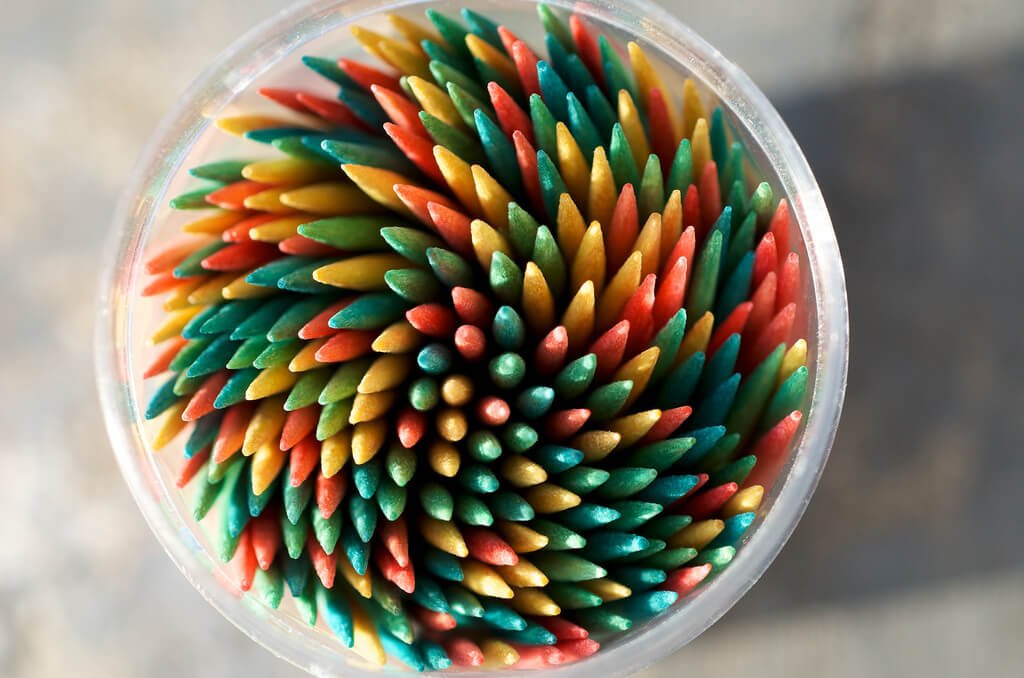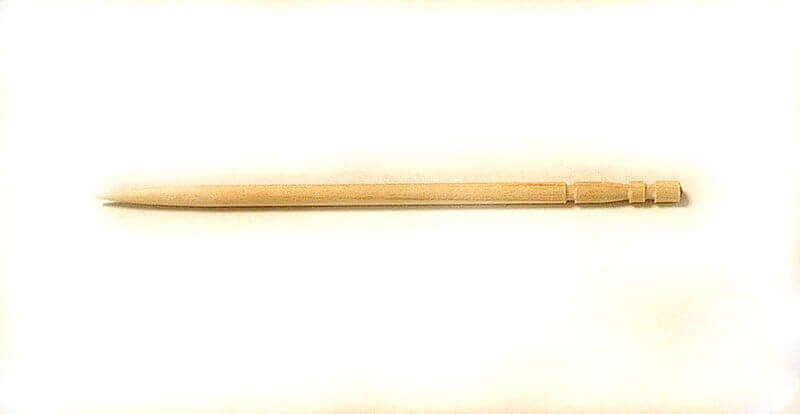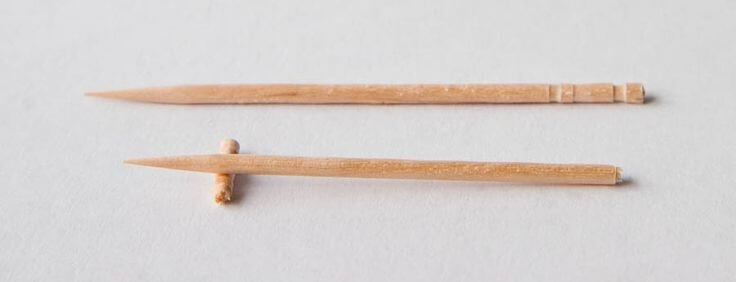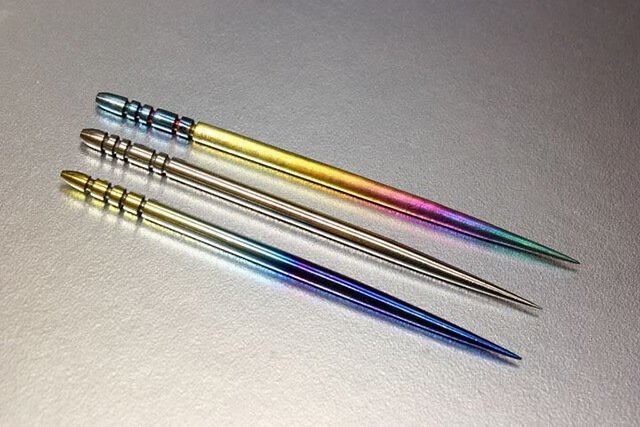Though eating may be one of the few joys of life, scraps of food getting stubbornly lodged between our teeth is not. It can ruin the whole experience of eating, it nags you and persistently reminds you of its presence till you furiously try to fish it out with your inept tongue. Also, the method is guaranteed to lose you some friends in company.
So, we resort to the humble toothpick, which looks innocuous but has stuck around since the time of the neanderthals. Henry Petroski, author of The Toothpick: Technology and Culture (the genius man actually dug around in history to figure out the engineering and design of the toothpick) mentions how grooves were found on fossilized teeth indicating that roughly-hewn substances made of grass or wood were used to scrape out food remnants from between the teeth.

While most of us just pick up a toothpick and use the pointy end to dislodge food particles and then chuck it somewhere to wolf down the rest of our biryani, that’s really a waste of the toothpick and wood, which by the way, is a finite resource.
Now the toothpick is used in different ways all over the world, but the ones we generally use have these decorative ridges on one end of the toothpick.

The correct way to use that is to break off that end, which indicates that the toothpick has been used. You can rest it on the groove as indicated in the picture and resume your meal so that the soiled end does not touch any surface and can be reused during the meal.

Toothpicks with ridges on one end are Japanese in origin. In Portugal especially and other countries, toothpicks are decorative and hand-carved and made of metal. In fact, Petroski reveals how in ancient Rome, emperor Nero once strolled into a banquet hall sporting a silver toothpick in his mouth.
Badass.


















